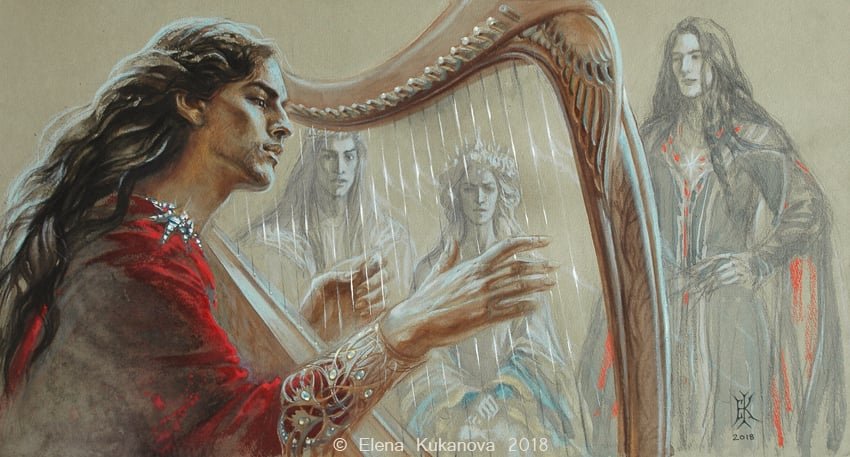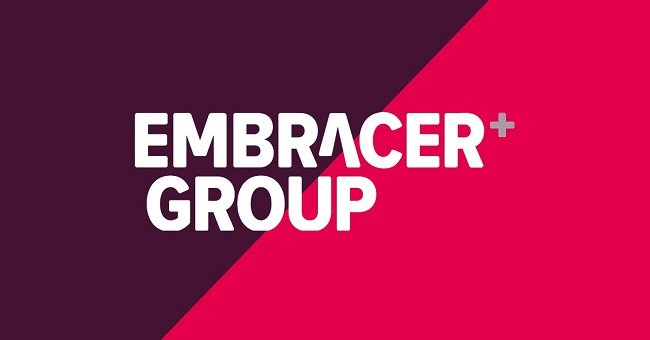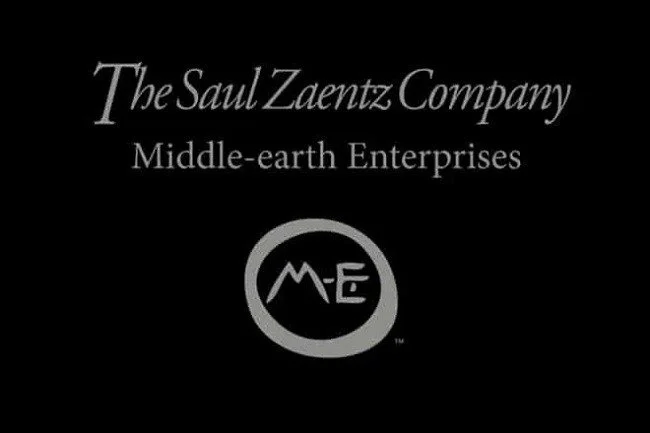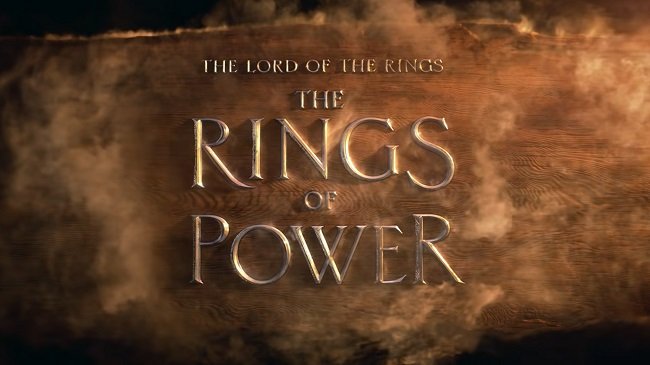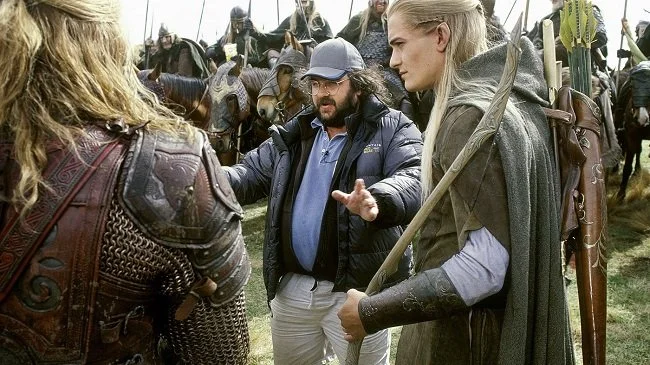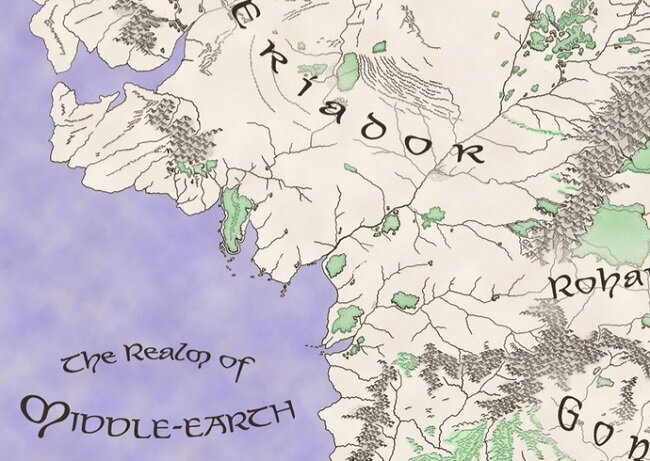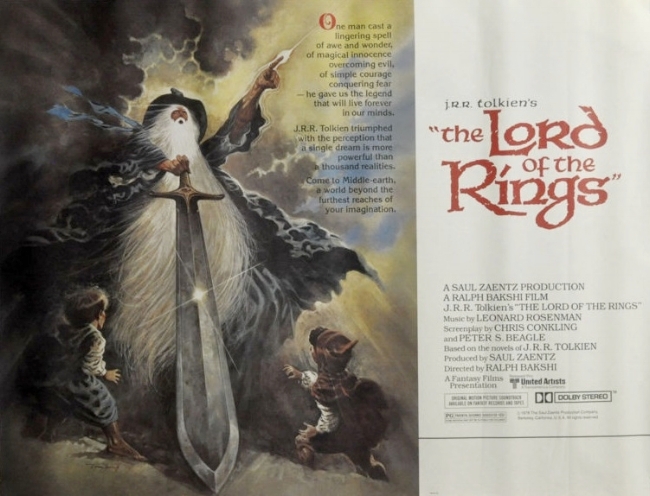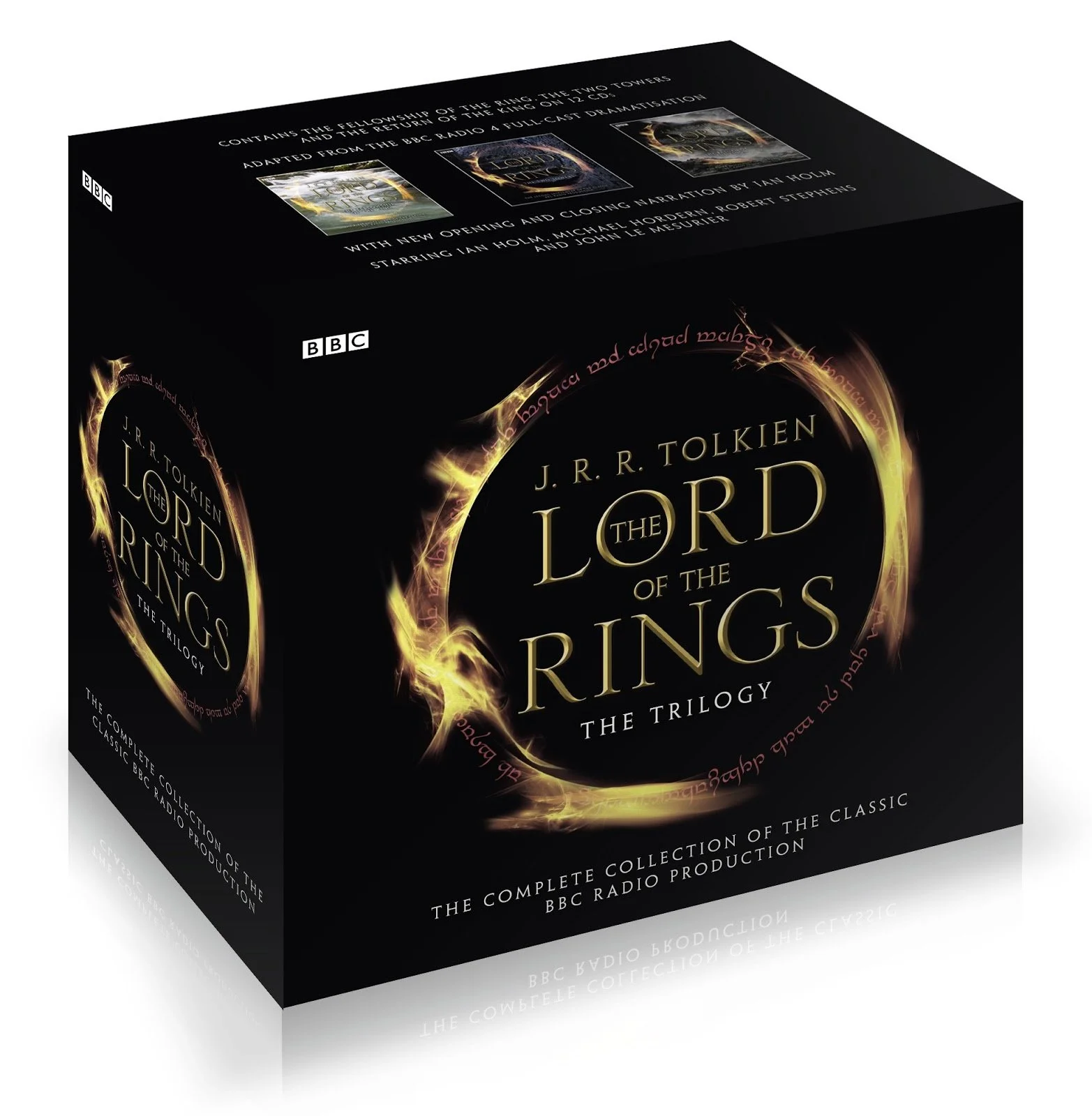The Lord of the Rings: 10 Things You May Not Know About the Animated Film
Ralph Bakshi’s 1978 adaptation of Tolkien’s The Lord of the Rings often polarises fan opinion. There is much to admire and there is also much to dislike in this 133-minute animated feature film. However, for many of us, this was our first visual foray into Middle-earth and for good or ill, it had an impact. You’ll certainly see several homages to it in Peter Jackson’s trilogy. And like so many cinematic adaptations of iconic books, The Lord of the Rings journey to the big screen was far from easy. Here are ten anecdotes regarding the film and its production.
1.) In 1969, the rights to The Lord of the Rings were acquired by United Artists from Tolkien himself for the cost of $250,000. Film makers Stanley Kubrick and John Boorman both contemplated adapting the story.
2.) United Artists had to purchase the John Boorman script to allow the Bakshi production to commence. It cost $3 million and was immediately abandoned in favour of a more literal adaptation.
3.) An early draft of the new screenplay was written by Chris Conkling, who told most of the story in flashback from Merriadoc Brandybuck's point of view. After Ralph Bakshi and Saul Zaentz saw Conkling's first draft, they hired fantasy author Peter S. Beagle to re-write the script. He restored much of Tolkien's original dialogue.
4.) At two hours and thirteen minutes, this was the longest feature-length animated film made at that time. The production cost was $4,000,000
5.) Bakshi and his cast and crew went to Spain and filmed a substantial amount of material using actors and stuntmen in full costume. The footage was subsequently rotoscoped and integrated into the traditional animated material.
6.) Several of voice artists who worked on the Bakshi film, subsequently reprised their roles for the 1981 BBC Radio adaptation three years later. These were Michael Graham-Cox as Boromir and Peter Woodthorpe as Gollum/Smeagol.
7.) Numerous scenes where filmed and subsequently cut for technical reasons or for the pacing of the story. This included Gandalf’s battle with the Balrog as they fell into the abyss in Moria. Part of it can still be seen in the film during a flashback sequence.
8.) The film's score was composed by Holly wood veteran, Leonard Rosenman. Bakshi wanted to include music by Led Zeppelin but was hampered by complex legal and rights issues.
9.) The film was originally intended to be distributed as The Lord of the Rings Part One. According to Bakshi, United Artists executives told him that they were planning to release the film without indicating that a sequel would follow, because they felt that audiences would not pay to see half of a film.
10.) The film was adapted into comic book form with artwork by Spanish artist Luis Bermejo, under license from Tolkien Enterprises. Three issues were published for the European market and were not published in the United States or the UK due to copyright problems.


